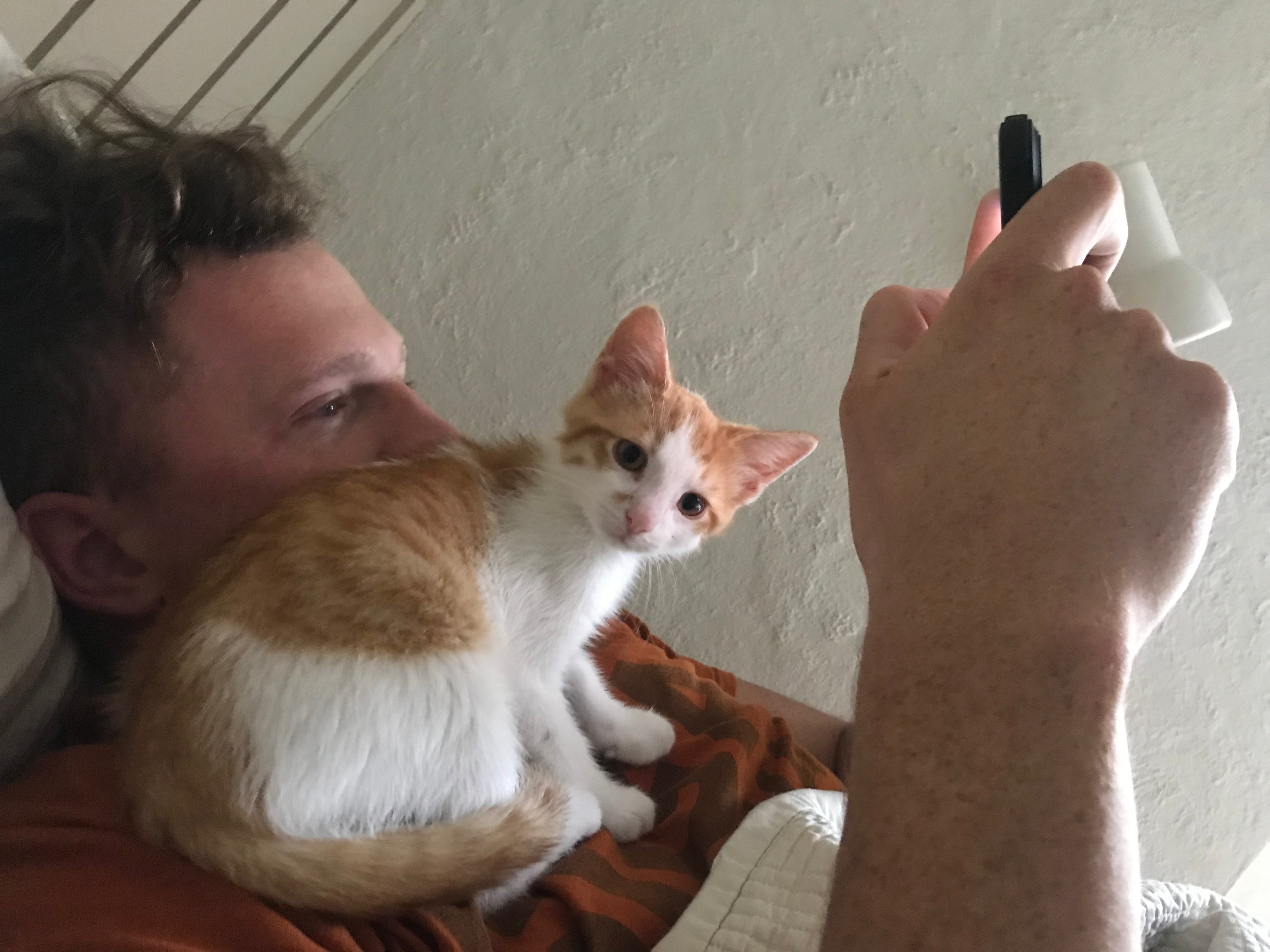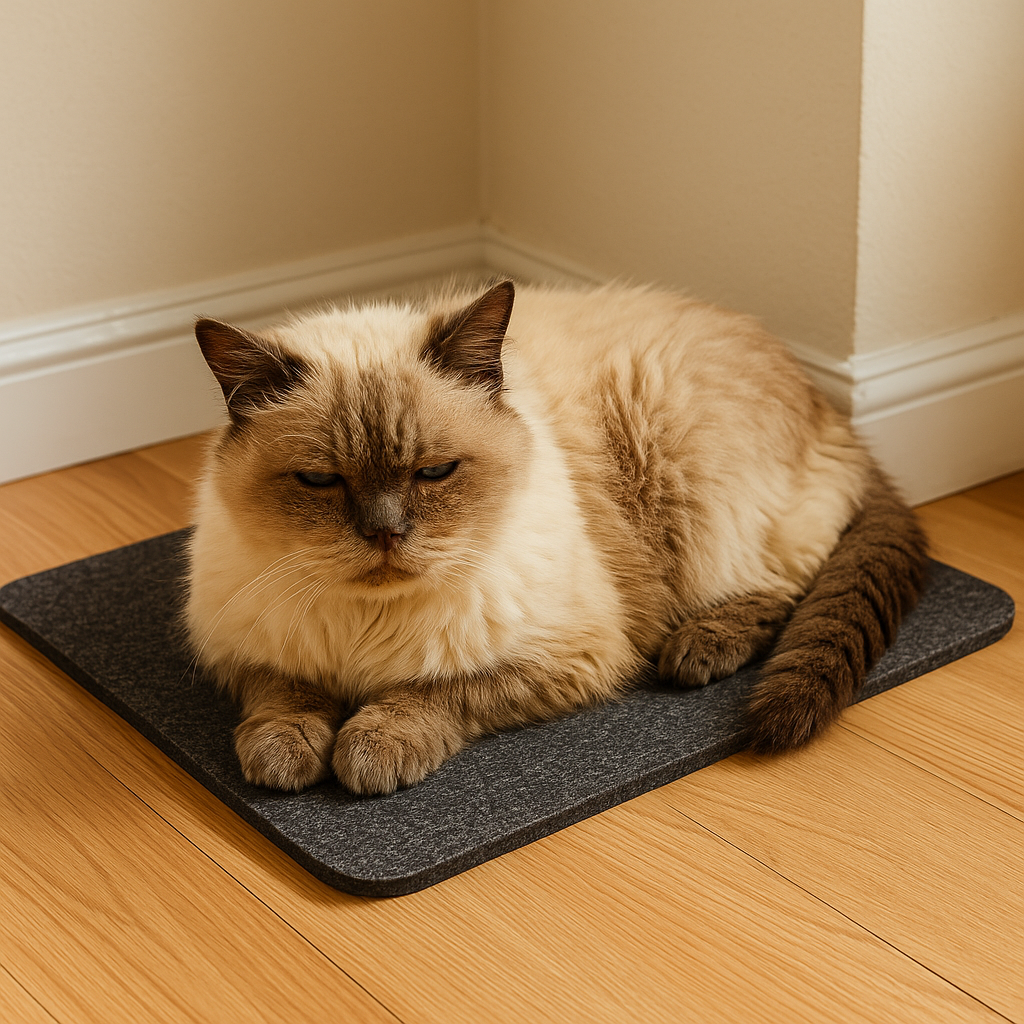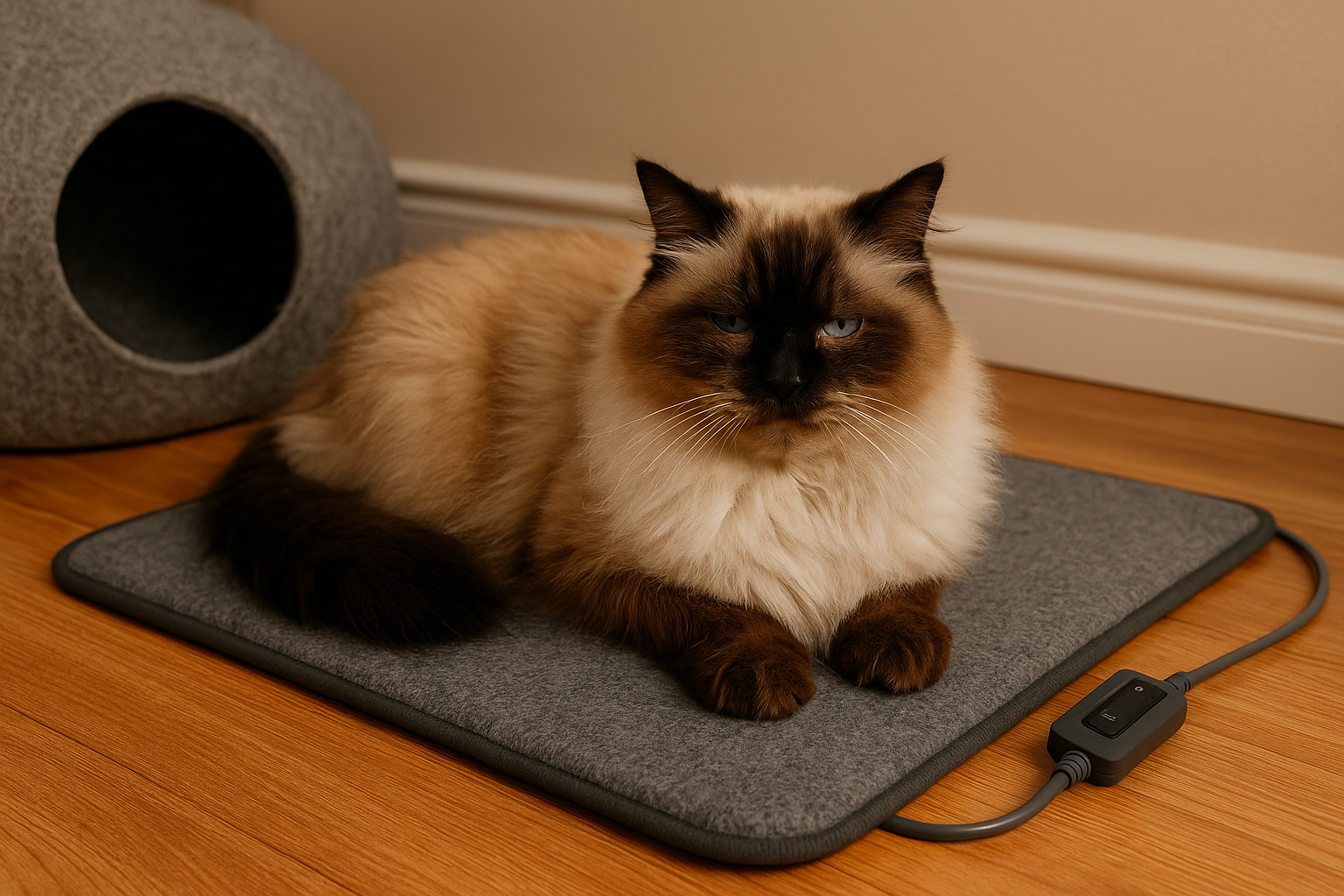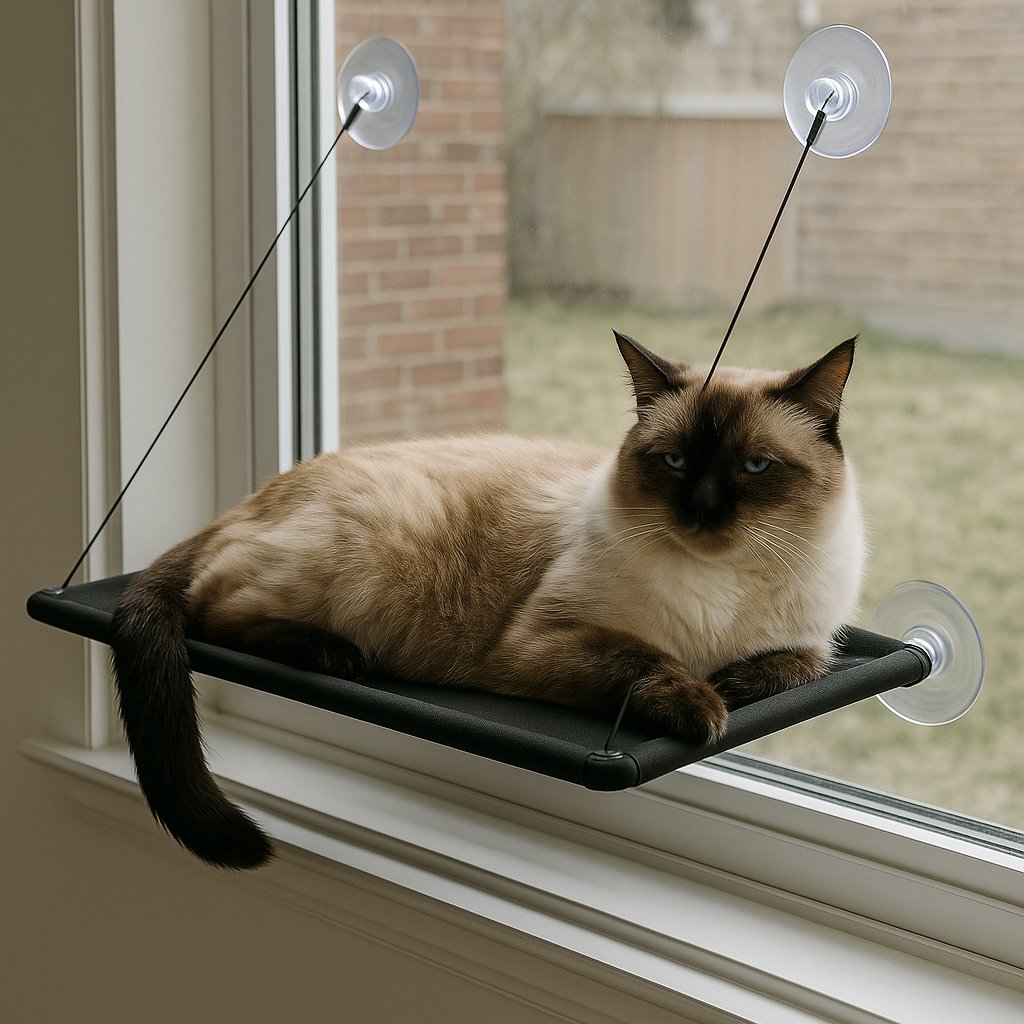Why Cats Meow 2025: Vet-Approved Guide to Feline Communication 🐱💬
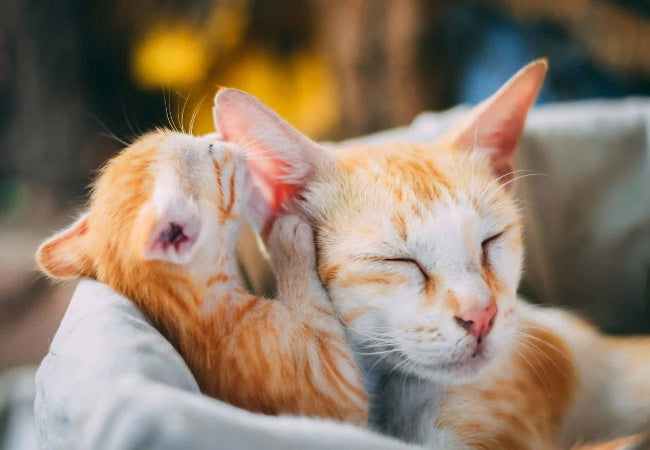
In this article
Why Cats Meow 2025: Vet-Approved Guide to Feline Communication 🐱💬
By Dr. Duncan Houston BVSc
Cats meow for many reasons, and it’s one of the primary ways they communicate with humans. While adult cats rarely meow at each other, they often use meowing to interact with their owners, other pets, or their environment. Understanding your cat’s meows can help you respond appropriately and strengthen your bond.
Common Reasons Cats Meow
1. Attention-Seeking 🫂
Cats may meow when they want your attention — whether it’s for petting, playtime, or simply to be near you. Some cats develop specific “conversation” styles with their owners and may meow daily for interaction.
2. Hunger 🍽️
A meow can be your cat’s way of reminding you it’s mealtime or asking for a treat. Many cats learn to associate certain meows with food and will vocalize more intensely if they feel hungry.
3. Greeting 👋
Cats often greet their owners or visitors with a meow. This can be a friendly “hello” or an acknowledgment of your presence in the home.
4. Discomfort or Illness ⚠️
A sudden or unusual increase in meowing may indicate pain, discomfort, or illness. If your cat is meowing persistently and shows other signs such as hiding, loss of appetite, or lethargy, consult your veterinarian.
5. Stress or Anxiety 😿
Changes in the environment, new pets, loud noises, or other stressors can cause cats to vocalize more. Meowing can be a way for them to express worry or seek reassurance.
6. Seeking a Mate ❤️
Unspayed or unneutered cats may meow loudly when in heat or searching for a mate. This behavior can be persistent and is part of their natural reproductive instincts.
7. Disorientation or Cognitive Decline 🧠
Senior cats, especially those with cognitive dysfunction, may meow due to confusion or disorientation. They may call out at night or wander while vocalizing.
8. General Communication 🗣️
Sometimes, cats meow simply to communicate with humans or even other animals. Each meow can vary in tone, pitch, and intensity, giving clues about what your cat is trying to express.
Tips for Understanding Your Cat’s Meows
-
Observe body language: Tail position, ear orientation, and eye contact can help you interpret your cat’s meow.
-
Note timing and context: When and where your cat meows can give you clues about their needs.
-
Respond appropriately: Some meows require attention, while others may simply indicate contentment or curiosity.
-
Consult a vet if needed: Any sudden or drastic changes in vocalization patterns could indicate health issues.
Final Thoughts
Cats meow for many reasons — from seeking attention to expressing discomfort or stress. By paying attention to the context and accompanying behaviors, you can better understand what your feline friend is trying to communicate. With observation and patience, meowing becomes a powerful tool for bonding with your cat.




